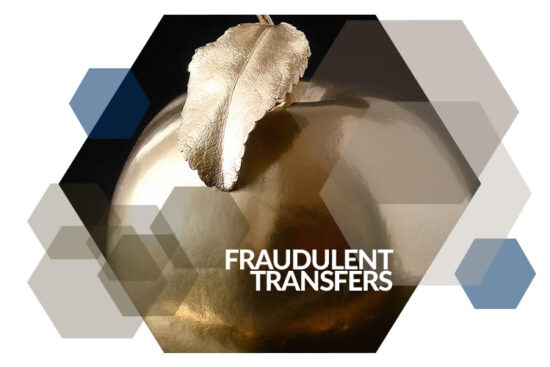Asset protection planning is the method of preparing for the possibility of future lawsuits by rearranging the ownership of assets so that they are beyond the reach of potential creditors.
WHAT IS ASSET PROTECTION PLANNING?

It can act as a form of supplementary insurance in an overall strategy to protect you from the risks associated with businesses and professions; however, insurance policies have limits and exclusions.
Asset protection planning is used to protect assets that would otherwise be at risk. Asset protection planning can be done to differing degrees. In general, the more complex the planning, the more effective the protection. However, complex plans generally cost more and contain more restrictions.
DO YOU NEED ASSET PROTECTION PLANNING?
If you have enough assets to require estate planning to avoid death taxes, then you probably have enough assets to require planning to protect them from lawsuits before death. It is a personal decision based upon your aversion to risks.
WHAT ASSETS CAN YOU PROTECT?
The simplest form of asset protection planning involves the ownership of “exempt” property that state law considers unreachable by creditors. Each state has its own laws defining exempt and non-exempt property. Certain property may be entirely exempt while the exemption for other property may be limited to a certain dollar amount. Examples of exempt property include:
- Household furniture and furnishings
- Clothing and Jewelry
- Tools of a trade or business

Social security and other such benefits including life insurance may also be exempt property. Some states exempt all or a portion of one’s home and adjoining land.
If property is not exempt from your creditors, you may want to consider a simple form of asset protection planning: an outright transfer of the property to family members. Valuable assets may be transferred to a spouse or relative to insulate them from claims of potential creditors. Intra-family transfers can also often constitute effective estate planning. Transferring the ownership of assets now can protect them from creditors during your lifetime and from the tax collector at death.

Federal law provides that creditors cannot reach the assets held by so-called qualified retirement plans. This includes pension, profit sharing, and 401(k) plans. Self-employed plans and Individual Retirement Accounts may be protected from creditors depending upon your state’s laws.
HOW CAN YOU PROTECT YOUR ASSETS WHEN STARTING A BUSINESS?
If you begin a business without incorporating it, then all of your personal and business assets will be at risk for all debts and claims against the business. This is also the case if two or more people run the business as a general partnership. In order to protect your personal assets from the risks of the business, an asset protection form of ownership needs to be utilized. The choices available in most states include:
- Corporations
- Limited Partnerships
- Limited Liability Companies

Asset protection planning is considered to be both legal and ethical if it takes place before any event has occurred that could result in a claim against you. If you have already committed an act that could result in a claim or if you have been sued, then it is too late. Any asset transfers at that time (without adequate consideration) may be considered a fraud upon creditors; in which case, the law would not respect the transfers.
DO YOU NEED ASSET PROTECTION PLANNING?
During the past few years, the family limited partnership has been touted as the leading asset protection device. As the states have permitted the formation of limited liability companies, they, too, have been viewed as a favorable ownership form for asset protection.
It is much more difficult for creditors to reach business or investment assets that have been transferred to these limited liability entities. In some states, a judgment creditor of a limited liability entity cannot attach a partnership’s assets or foreclose on a partner’s interest in order to satisfy his claim. Instead, a creditor is only entitled to a “charging order,” which may limit their claim to partnership distributions. However, you should be aware that not all charging order laws are created equal. The degree of charging order protection afforded a partner differs depending upon the state in which the limited liability entity was created.
Asset protection trusts are another asset protection planning tool. The laws of Delaware, Nevada and Alaska now authorize these trusts. There are a number of tax haven countries that are also used to form “off-shore” trusts. These countries have laws that are favorable to the creation of these trusts and can insulate the trust’s assets from creditors.


